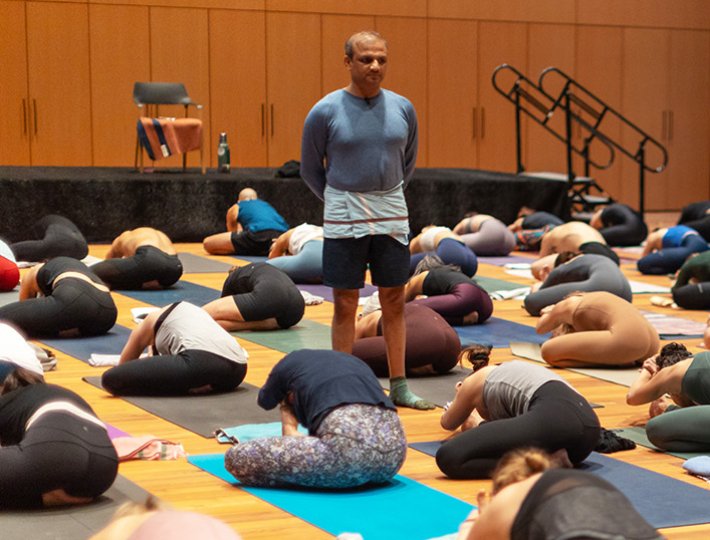At this point, with everything that we know about the benefits of meditation, most people would probably agree that picking up this daily habit is a good idea. A clearer mind, more emotional stability, and a better attention span are all things that everyone can benefit from.
So why isn’t every single person who knows about these benefits actually meditating? The answer, in a majority of cases, is simple: Time.
Finding Time to Meditate
In today’s world, we are all busy. Most of us don’t have a lot of free time. On top of that, we are constantly focusing on something (or someone) that needs to be taken care of. Whenever we do have a free moment, it’s likely that we’re responding to a text message, reading an email, or checking something else off of our to-do lists. This is a natural instinct.
Our minds like to be engaged in something. When you’re waiting at a doctor’s office, commuting, or sitting on a plane, you’re often looking for something to do. So why not make that something meditation?
Waiting time may be your only free time. So use it for something beneficial that can help calm you down and aid you in accomplishing whatever is next in your day.
Related: The New Science Behind the Benefits of Meditation
How to Meditate While You Wait
When I suggest this idea of using any waiting time you have to mediate, people often point out that public environments aren’t exactly set up for quiet reflection. This is true. You might find yourself in a crowded, noisy, place with no room to sit. That’s okay—you can still meditate there.
There are two main ways to engage the mind: outwardly and inwardly. In order to focus the mind inward when there are a lot of distractions around, we use something called body point meditation. There are 27 body points from head to toe, and by working your way through them from bottom to top, you can practice a form of meditation that has real benefits without necessarily having to actually sit down and be completely still. You can even try it with your eyes open if you need to stay aware of your surroundings.
This type of meditation is very grounding, because it directly connects your mind to your body. In order to do that, you need to be present so that your body is with you, your mind is with you, the moment is with you.
You may even find that this type of meditation withdraws you from a noisy, distracting environment, so it’s a great way to help yourself focus when you’re feeling overstimulated. When you’re disconnected from all the activity around you, you’re almost numb to all external sounds and movements. Your mind is engaged into the movement on the points. It’s a shift of activity from outer to inner.
Related: Why You Need to Disconnect (Not Just from Tech)
Try Body Point Meditation Right Now
To practice body point meditation, simply bring your awareness to the sole of your left foot. Then to the sole of your right foot. Then your left shin, and your right shin. Next, move to your calves, then knees. Once you work your way through your legs, move on to your palms, hands, forearms, and upper arms. Then, work your way up your spine, taking notice of the lower, middle, and upper regions.
Continue on by slowly working your way to the top of your head, breathing deeply throughout. In this way, you engage all 27 points of your body and get the chance to truly check in with yourself.
Once you finish, you can reverse the order, and go from the top to the bottom. Another option is to focus on your breath and start counting backwards from 27 to 1. With something as simple as bringing your attention to your body and breath for a short period of time, you can still have a fruitful meditation practice, no matter how busy you are.










Comments (0)